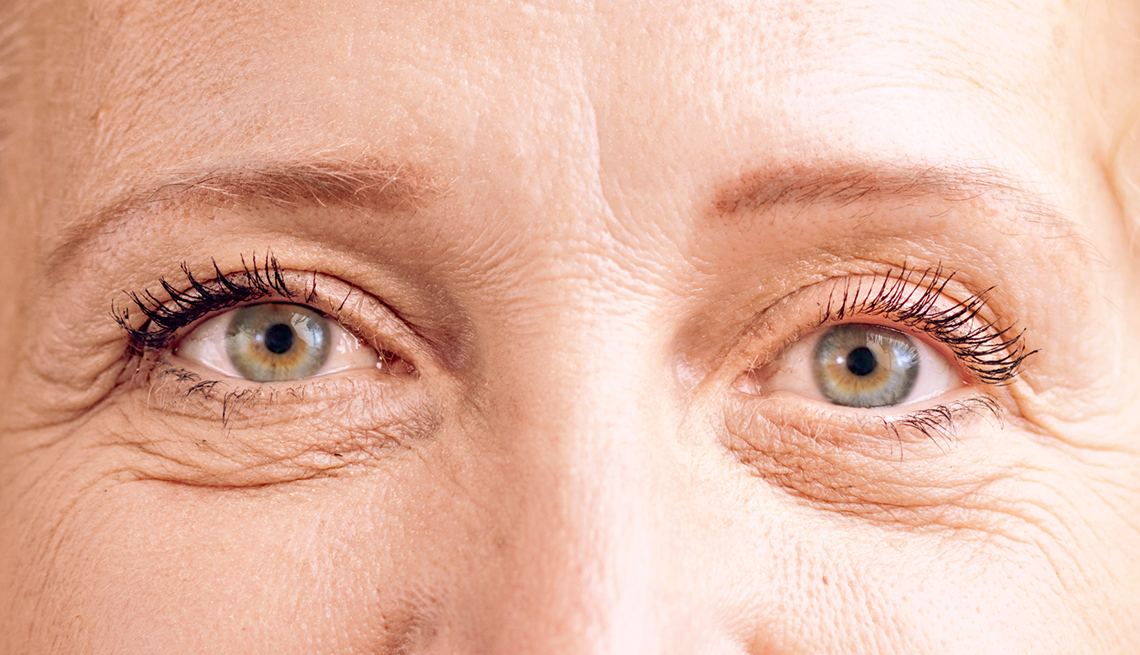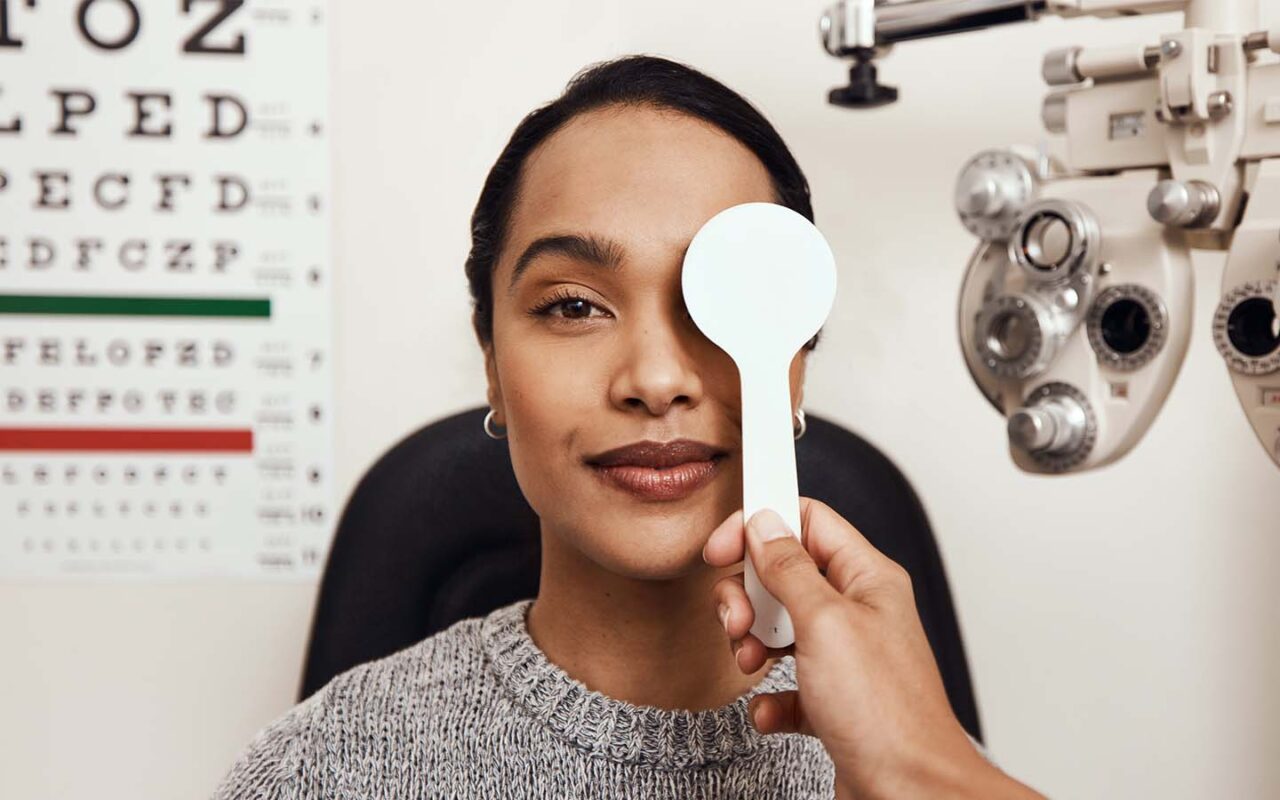All Categories
Featured
Low vision, a condition where conventional glasses, call lenses, or surgical treatment can not fully restore view, can make daily tasks testing. Reduced vision rehabilitation uses an array of sources to aid individuals preserve their self-reliance and quality of life. This post discovers the choices offered for those looking for support in handling their aesthetic impairments.
What Is Reduced Vision Recovery?
Reduced vision rehab is an organized method to aid people optimize their continuing to be vision and adjust to new means of performing daily jobs. Professionals work with people to establish tailored methods, incorporating devices, strategies, and training programs that match their one-of-a-kind requirements.
![]()
Secret Options for Low Vision Rehabilitation
Vision Enhancing Instruments
Optical Aids: Devices like magnifiers, telescopic glasses, and unique reading lenses can enhance clarity for reading, creating, and other close-up activities.
Electronic Aesthetic Aids: Devices such as digital magnifiers and portable video magnifiers offer flexible zoom capacities for various jobs.
Wearable Modern technology: Smart glasses geared up with electronic cameras and voice comments offer sophisticated options for boosting vision.
![]()
Assistive Innovation
Display visitors, text-to-speech applications, and gadgets with voice commands make innovation easily accessible for individuals with low vision.
Mobile phone applications, such as navigating help and item acknowledgment tools, help individuals engage with their environments a lot more efficiently.
Training and Treatment
Orientation and Flexibility Training: Specialists show skills for navigating rooms safely, consisting of using white walking sticks or guide dogs.
Daily Living Skills Educating: Recovery programs offer strategies for cooking, cleaning, and individual care, ensuring that people can do crucial tasks individually.
Visual Skills Educating: Workouts developed to maximize using staying peripheral vision can improve visual capability.
Ecological Adjustments
Modifications to living or work spaces can dramatically improve access. Examples include:
Installing brighter lights.
Including high-contrast markings to home appliances.
Preparing furniture to develop clear paths.
Assistance Networks
Emotional and psychological support is an essential part of rehab. Support system, therapy sessions, and therapy services can assist people deal with the difficulties of vision loss.
![]()
Peer networks connect individuals with similar experiences, cultivating a feeling of area and shared learning.
Exactly How to Gain Access To Reduced Vision Recovery Solutions
Low vision rehab services are typically given by:
Low Vision Clinics: Run by ophthalmologists and optometrists specializing in vision impairments.
Occupational Specialists: Specialists in adjusting environments and jobs to match individual demands.
Not-for-profit Organizations: Teams such as the American Foundation for the Blind (AFB) or regional loss of sight support companies use useful resources and recommendations.
Conclusion
Low vision recovery offers a selection of resources customized to enhance capability, increase self-confidence, and enhance quality of life. If you or an enjoyed one is encountering the difficulties of low vision, take into consideration reaching out to a professional or rehabilitation center to check out the several choices offered.
What Is Reduced Vision Recovery?
Reduced vision rehab is an organized method to aid people optimize their continuing to be vision and adjust to new means of performing daily jobs. Professionals work with people to establish tailored methods, incorporating devices, strategies, and training programs that match their one-of-a-kind requirements.

Secret Options for Low Vision Rehabilitation
Vision Enhancing Instruments
Optical Aids: Devices like magnifiers, telescopic glasses, and unique reading lenses can enhance clarity for reading, creating, and other close-up activities.
Electronic Aesthetic Aids: Devices such as digital magnifiers and portable video magnifiers offer flexible zoom capacities for various jobs.
Wearable Modern technology: Smart glasses geared up with electronic cameras and voice comments offer sophisticated options for boosting vision.

Assistive Innovation
Display visitors, text-to-speech applications, and gadgets with voice commands make innovation easily accessible for individuals with low vision.
Mobile phone applications, such as navigating help and item acknowledgment tools, help individuals engage with their environments a lot more efficiently.
Training and Treatment
Orientation and Flexibility Training: Specialists show skills for navigating rooms safely, consisting of using white walking sticks or guide dogs.
Daily Living Skills Educating: Recovery programs offer strategies for cooking, cleaning, and individual care, ensuring that people can do crucial tasks individually.
Visual Skills Educating: Workouts developed to maximize using staying peripheral vision can improve visual capability.
Ecological Adjustments
Modifications to living or work spaces can dramatically improve access. Examples include:
Installing brighter lights.
Including high-contrast markings to home appliances.
Preparing furniture to develop clear paths.
Assistance Networks
Emotional and psychological support is an essential part of rehab. Support system, therapy sessions, and therapy services can assist people deal with the difficulties of vision loss.

Peer networks connect individuals with similar experiences, cultivating a feeling of area and shared learning.
Exactly How to Gain Access To Reduced Vision Recovery Solutions
Low vision rehab services are typically given by:
Low Vision Clinics: Run by ophthalmologists and optometrists specializing in vision impairments.
Occupational Specialists: Specialists in adjusting environments and jobs to match individual demands.
Not-for-profit Organizations: Teams such as the American Foundation for the Blind (AFB) or regional loss of sight support companies use useful resources and recommendations.
Conclusion
Low vision recovery offers a selection of resources customized to enhance capability, increase self-confidence, and enhance quality of life. If you or an enjoyed one is encountering the difficulties of low vision, take into consideration reaching out to a professional or rehabilitation center to check out the several choices offered.
Latest Posts
Leading Tips for Maintaining Your Plastic Fencing
Published Feb 02, 25
0 min read
Why Sherman Dodge is the Top Choice for Mobility Rentals
Published Feb 01, 25
1 min read
Browsing Life with Low Vision: Rehabilitation Options and Resources
Published Feb 01, 25
0 min read